All organisms including plants, animals and human beings and their physical surroundings with which they interact is called environment. Every things in our surrounding, whether living or non living constitute environment. Environment includes everything, that is, vegetation, water, microorganisms, soil, rocks, and atmosphere.
Components of Environment
All the things that exist in the environment has been classified into two groups on the basis of living and non living. Living things are called Biotic components and non-living things are called Abiotic components. Plants, animals, humans, microorganisms etc. are biotic components whereas water, air, soil, rock etc. are abiotic components.
Soil
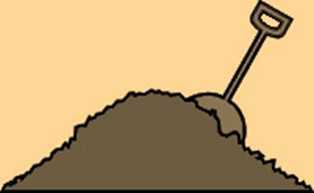
Soil is a natural resource made up of tiny particles of broken rock, mineral, clay and humus etc. Plants are grown in the top layer of the soil. Soil contains nutrients, water, minerals, humus, and air, which are essential for the growth of the plants. Many living organism like ants, beetles, earth worm, worms, snails etc. make their homes in the soil. Earthworm increases the fertility of the soil by making it porus. Survival on the earth is not possible without soil.
Formation of Soil
Soil is formed by the process of weathering of rocks. Breaking of rocks into smaller particles takes place because of wind, rain and the heat of the sun. Dead plant and animals got mixed up with those broken pieces and results in the formation of soil. It takes thousands of years to break rocks into fine particles. Different types of soils are found in different places of India.
Layers of Soil
The earth is made up of three layers of soil:

Top Soil
This uppermost layer is rich in minerals and humus. Humus makes the soil fertile. This layer is soft and can retain water. Hence most plants are grown in this layer.
It also provides habitat to many organisms like earth worm, rat, snakes, beetles etc. This layer is dark in colour.
Sub Soil
It lies below top soil, and is comparatively harder and contains less amount of humus and other nutrients. It is red or grey in colour.
Bed Rock
It lies below subsoil and is soft porus on the upper side and hard non porus in the inner side. It can't be dig manually.
Types of Soil
Mainly three types of soil are found:
Sandy Soil
It is made up of small fine grains particles that makes it porus. It has very less water holding capacity. Because particles of sandy soil are loosely packed and can allow water to easily pass through it. Soil transported by wind generally consists of sandy soil.
Clayey Soil
This soil consists of very fine particles which are stick together. Since particles in clayey soil are closely packed, they provide little aeration. Its water holding capacity is very good. Clayey soil is very good for the growth of plants. This soil is also used in making toys, pots and other articles.
Loamy Soil
It contains a mixture of sand, clayey and humus altogether. Its water holding capacity and air carrying capacity is satisfactory for the growth of plants, as compare to the sandy and clayey soil. Maximum amount of humus is present in this soil. The size of particles in loamy soil is less than that of sandy soil and greater than that of clayey soil.
Soil Degradation
Human activities have deteriorated one of the major life supporting resource of this earth.
Cutting down of trees every day in order to satisfy the needs of large population has resulted in soil erosion.
Soil erosion is the process of removal of top layer of the soil, by wind or running water. Overgrazing and use of chemicals as fertilizers has also spoiled our soil and made it unfit for the growth of plants.
Growing same crops year after year on the same piece of land has resulted in the loss of nutrients from the soil.
Conservation of Soil
Soil can be conserved by stopping ruthless cutting down of trees and motivating people towards afforestation. It will also stop soil erosion. Overgrazing should also be avoided for the conservation of soil.
Manures and fertilizers - Due to repeated growing of crops in the same field reduces or absorbs certain essential nutrients of the soil, making it infertile. Fertility of the soil can be maintained with the help of manures and fertilizers. Manures like gobar khad and fertilizers like urea, phosphates and nitrates are added to the soil to restore its nutritive value.
Construction of dams against the rivers controls the damage of soil by flood and fast flowing water.
POLLUTION AND POLLUTANTS
Human activities directly or indirectly affected our environment. River waters have become dirty and unfit for drinking. There are smoke and gases mixed in the air.
This contamination of air, soil, water and environment is called pollution. The agents which cause environmental pollution are called pollutants.
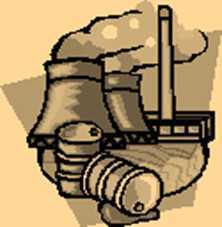
Pollution may be of the following types:
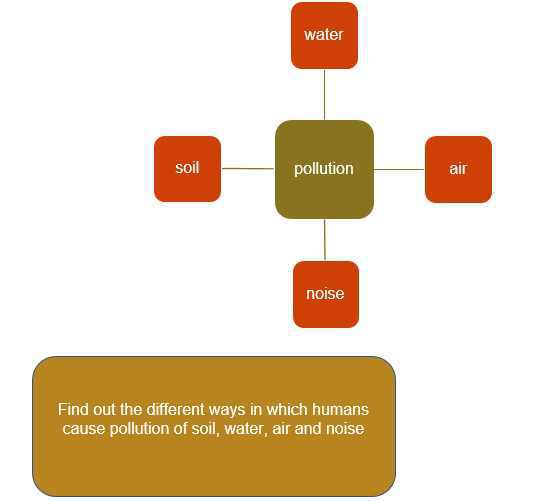

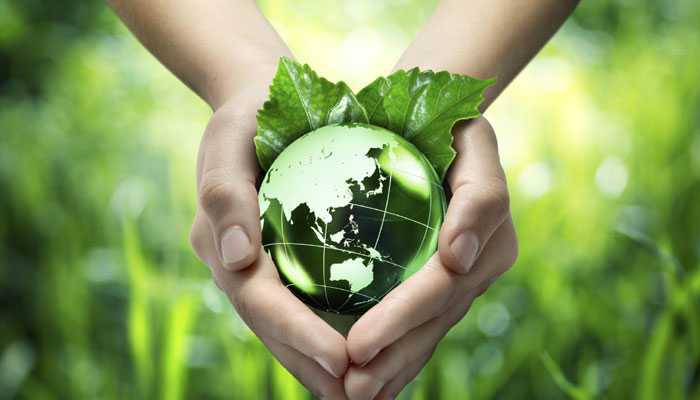

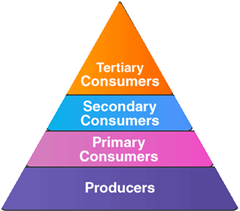














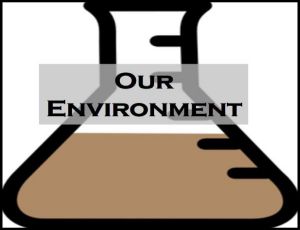
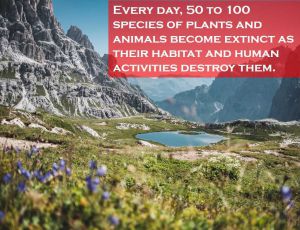
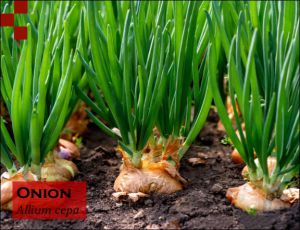







Comments